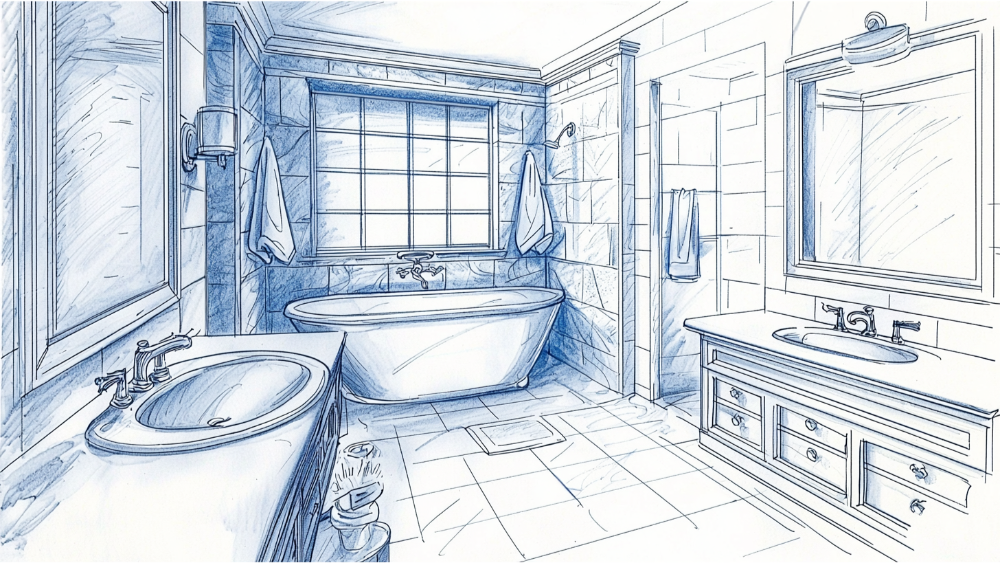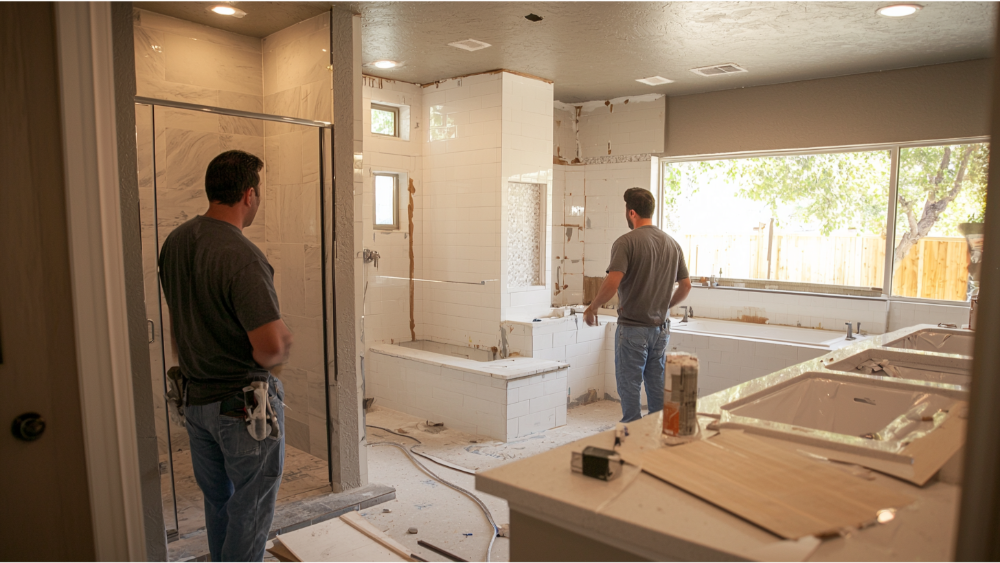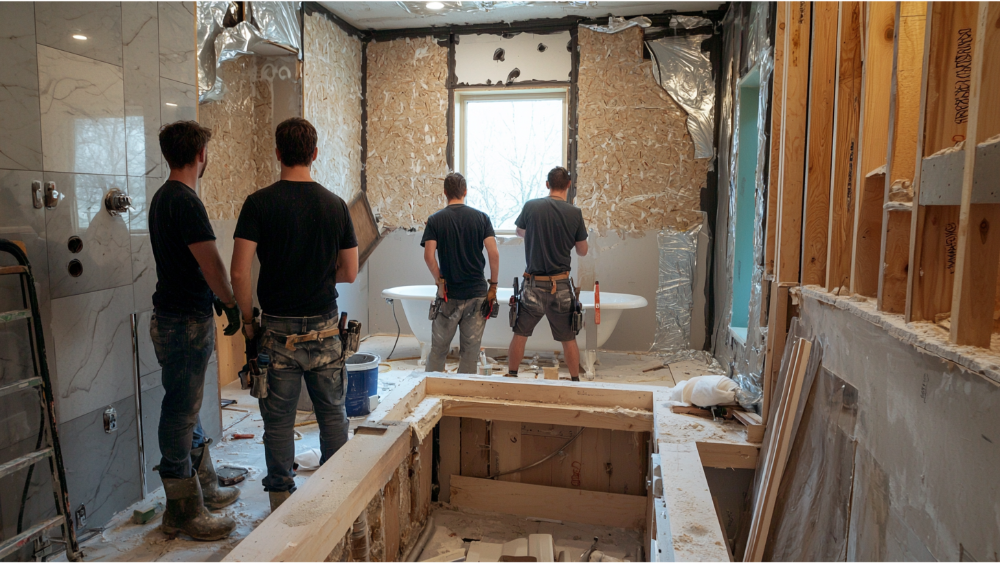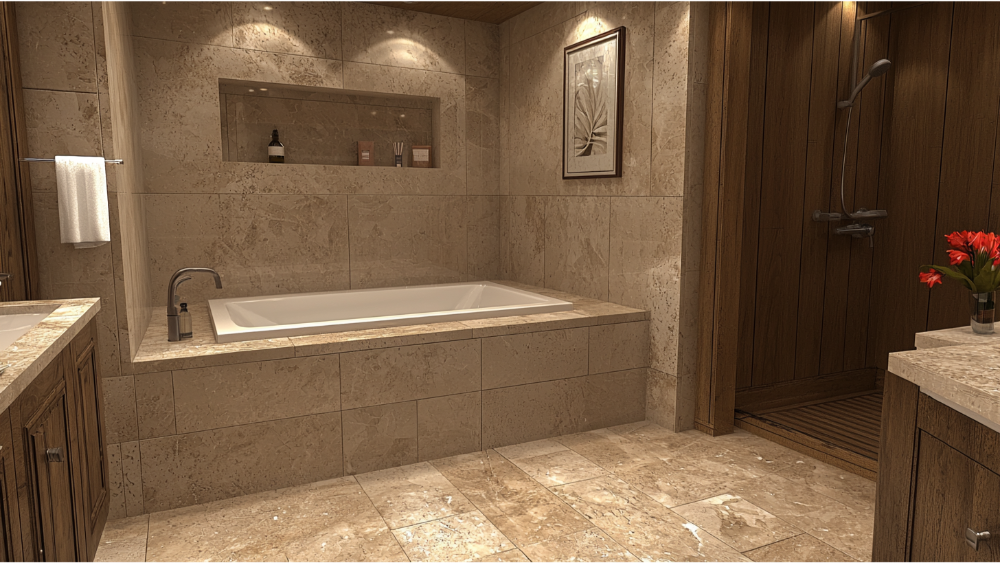How Much Does It Cost to Renovate a Kitchen? Is $10,000 Enought?
Renovating a kitchen can be a transformative project that enhances both the functionality and aesthetic appeal of one of the most important spaces in your home. The cost of a kitchen renovation can vary widely depending on factors such as the size of the space, the materials chosen, and the extent of the revamp. Understanding these variables can help you plan effectively and set realistic expectations for your budget.
Price Ranges for Kitchen Renovations
Minor Remodels ($10,000 – $25,000)
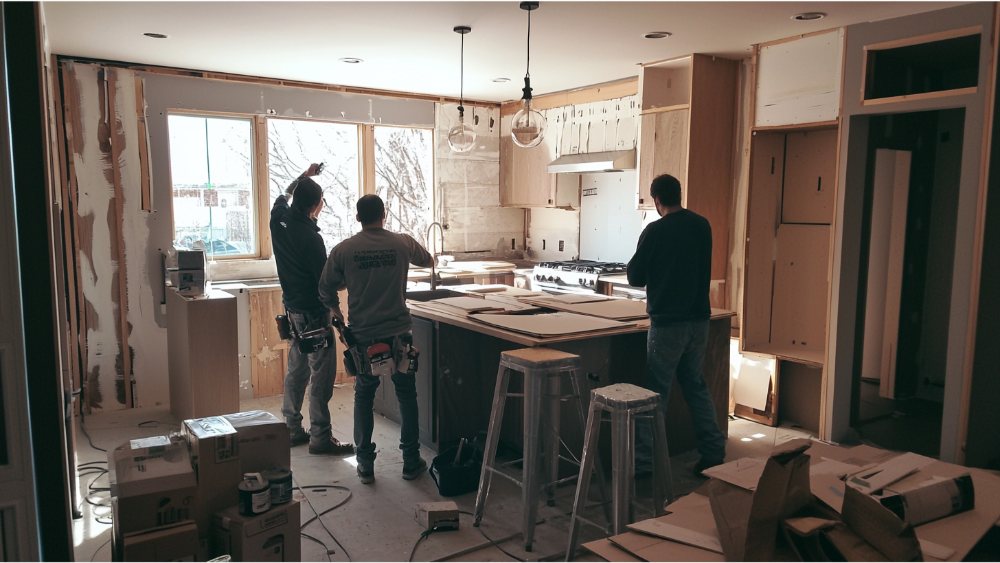
A minor kitchen renovation typically involves cosmetic updates and minor improvements, offering a great entry point for understanding kitchen remodeling costs. This could include new paint, updating light fixtures, or replacing cabinet hardware for a fresh look. Although no structural changes are made, minor modifications can significantly enhance the kitchen’s aesthetic appeal, making it an attractive option for homeowners on a budget. It’s a cost-effective way to modernize the space without delving into more expensive structural changes. Generally, the plumbing or electrical systems remain untouched, keeping expenses lower. With kitchen remodeling costs at this level, it’s crucial to prioritize which updates will provide the most value for your investment.
Average Remodels ($25,000 – $50,000)
An average kitchen renovation usually involves more substantial enhancements, making it a popular choice for those considering a mid-range kitchen remodel. This might include installing new appliances, replacing countertops, and upgrading cabinets. Changes might also extend to the plumbing or electrical systems, possibly updating outdated wiring or improving water flow efficiency. This level of renovation strikes a balance between the average cost and value, drastically improving the kitchen’s functionality and modern appeal. It’s ideal for homeowners looking to upgrade their space without a complete overhaul. Understanding kitchen remodel costs at this level helps homeowners make informed decisions and prioritize features that elevate both style and usability.
Major Remodels ($50,000 – $100,000+)
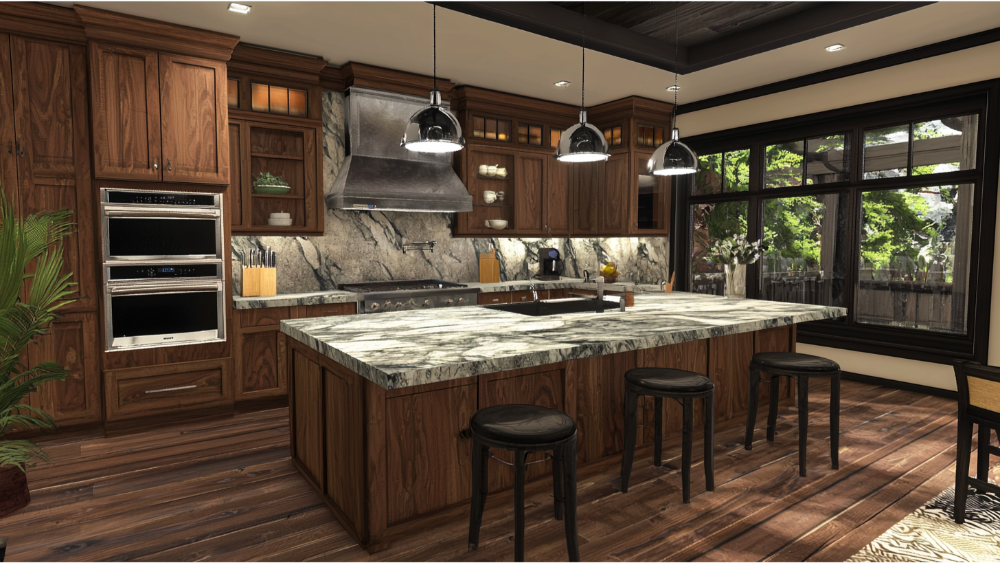
A major renovation often involves fundamental changes to the layout and functionality of the kitchen, reflecting a significant investment in kitchen remodeling costs. This can include substantial structural modifications, such as knocking down walls for an open floor plan or relocating plumbing or electrical systems for improved utility. New, high-end appliances, custom cabinetry, and premium materials like quartz countertops are common in this price range.
These comprehensive renovations transform the kitchen into a luxurious and highly functional space, offering a high return on investment. However, due to the more extensive scope of work, homeowners should prepare for higher costs and a longer timeline. In this category, understanding the kitchen remodeling cost is essential to ensure that the project aligns with budget expectations and desired outcomes.
Cost Breakdown for Key Aspects of a Kitchen Remodel
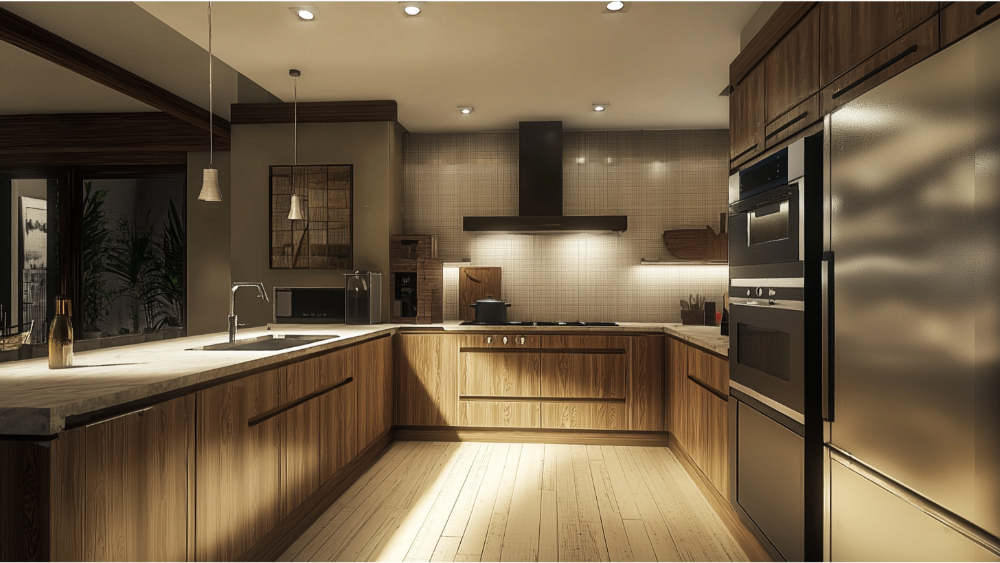
Cabinetry
Cabinets are one of the primary components in any kitchen remodel. For a basic kitchen remodel, stock cabinets offer an affordable option with prices ranging from $60 to $200 per linear foot. Custom cabinets, while more expensive at $500 to $1,200 per linear foot, offer the flexibility to fit specific dimensions and personal designs, providing a unique look tailored to your kitchen. Labor costs for cabinet installation typically range from $70 to $150 per hour, depending on the complexity of the installation. This makes choosing between stock, semi-custom, and custom cabinets a significant decision based on budget constraints and desired aesthetic.
Countertops
Countertop prices vary significantly based on material choice. Laminate countertops stand as a budget-friendly option, costing between $10 and $40 per square foot, including installation. For homeowners seeking more durable and attractive materials, granite or quartz countertops range from $50 to $200 per square foot. Labor costs for countertop installation, which cover measuring, cutting, and fitting, typically add $30 to $100 per hour to the overall expense. The choice of countertop material greatly influences both the look and functionality of the kitchen.
Flooring
Kitchen flooring options vary widely in terms of both style and cost. Vinyl and laminate flooring are economical choices, costing between $2 and $7 per square foot, while hardwood or tile flooring can range from $5 to $20 per square foot including installation. Labor costs, which cover the removal of old flooring and installation of new materials, typically range from $3 to $10 per square foot. Choosing the right flooring material not only impacts the cost but also enhances the kitchen’s durability and ease of maintenance.
Appliances
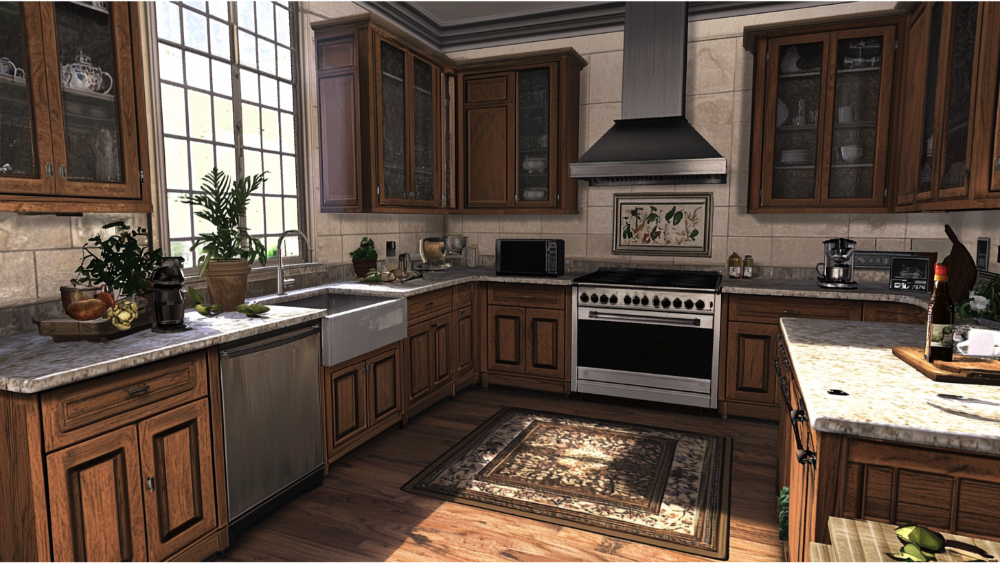
Appliances are crucial to improving both the efficiency and aesthetics of a kitchen. Basic kitchen remodel plans often incorporate mid-range appliances, with costs ranging from $2,000 to $5,000 for a complete suite. High-end appliances can significantly raise the budget, costing upwards of $10,000. Labor costs for installing appliances, particularly those requiring special setup like a built-in oven or refrigerator, generally range from $100 to $300 per appliance. Selecting energy-efficient models can also lead to long-term savings on utility bills.
Lighting
Proper lighting can transform the ambiance of a kitchen, from task-centric areas to cozy dining nooks. Basic lighting options such as track lighting or recessed lights cost between $100 and $300 per fixture, including labor costs for professional installation. For more intricate lighting designs like pendant lighting or chandeliers, expect to pay $250 to $1,500 or more per fixture. Labor costs for electrical work, which might include adding new circuits or moving electrical boxes, usually range from $50 to $100 per hour. Effective lighting not only improves visibility but enhances the overall design.
Plumbing
Modifications to plumbing, especially during a major remodel, can drive up the average kitchen remodel cost significantly. If relocating sinks, dishwashers, or refrigerators with water lines, materials and labor costs together can range from $1,500 to $5,000. For basic kitchen remodels that involve minor plumbing, such as updating faucets or adding a water filtration system, costs might stay under $500. Labor prices for plumbing work generally range from $45 to $150 per hour, reflecting the expertise needed for water system adjustments. Efficient plumbing solutions can enhance water usage and kitchen utility.
Labor Costs
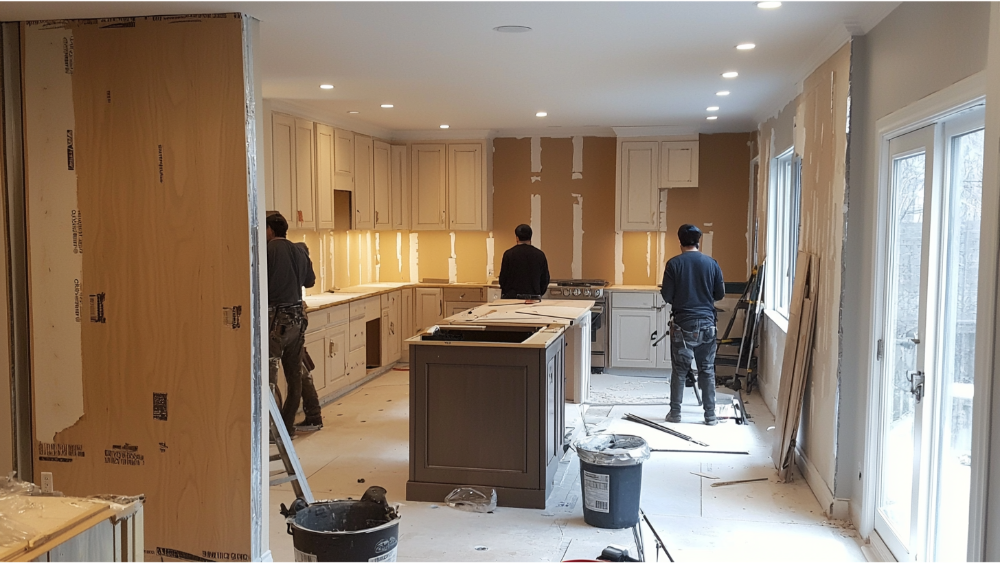
Labor costs form a substantial portion of any kitchen renovation budget. In a basic kitchen remodeling project, labor can constitute 30% to 40% of total expenses. General contractor rates often range from $50 to $100 per hour. Total labor expenses fluctuate based on the complexity of the project and the number of specialists required, such as electricians, plumbers, and carpenters. Efficient project planning and clear communication with contractors can help manage labor costs while ensuring high-quality craftsmanship.
Backsplash
The backsplash is an essential part of kitchen design, offering both functionality and a visual focal point. The cost of backsplash materials varies, with ceramic tile being an economical choice, priced between $1 and $15 per square foot. More upscale options like natural stone or glass tiles can range from $10 to $50 per square foot. Installation labor costs typically range from $40 to $100 per hour, depending on the complexity of the design and material choice. A well-chosen backsplash not only protects walls from spills and splatters but also adds character and style to the kitchen.
Painting
Painting forms an important element for kitchen remodeling, refreshing the space with new color schemes and finishes. The cost of paint and materials can range from $300 to $800, depending on the size of the kitchen and the type of paint selected. Hiring professional painters involves labor costs that generally range from $2 to $6 per square foot, ensuring a smooth and durable finish. Painting can transform the kitchen aesthetically, complementing other new elements and enhancing the overall ambiance of the space.
Frequently Asked How Much Does It Cost to Renovate a Kitchen Questions
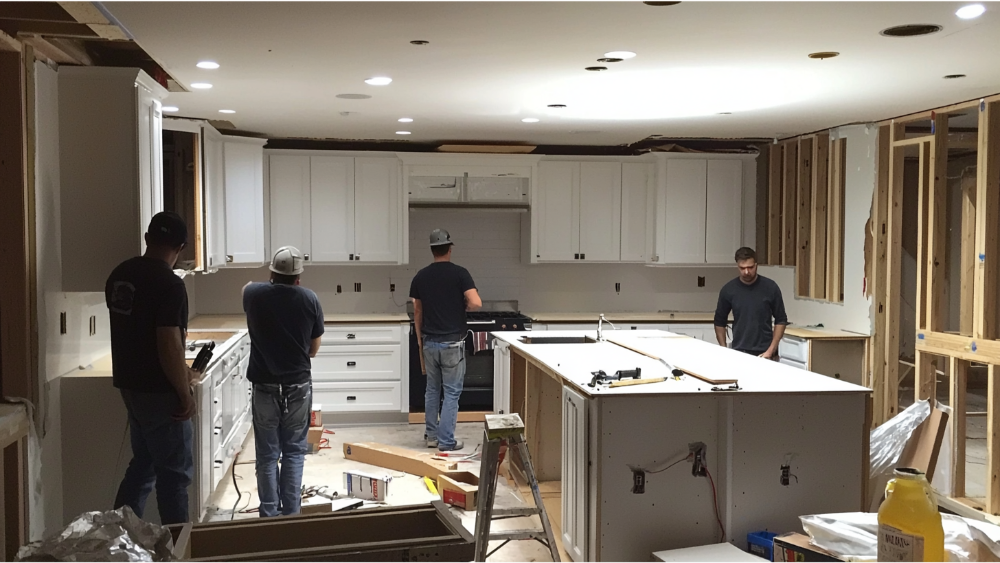
What is the Most Expensive Part of a Kitchen Remodel?
The most expensive part of a kitchen remodel often depends on the specific scope of the project, but cabinets typically account for the largest portion of the budget. Custom or semi-custom cabinets can consume up to 40% of the total renovation cost due to their significant material and installation expenses. Other costly elements may include high-end countertops and appliances, which also add substantially to the overall budget. It’s essential to balance these choices with the desired design outcome and functionality, as prioritizing certain features over others can dramatically affect the total expenditure.
How Much Should I Budget for a Kitchen Renovation?
Budgeting for a kitchen renovation involves considering various factors, such as the size of the kitchen, the desired quality of materials, and the scope of changes. On average, a kitchen remodel can cost anywhere between $10,000 and $50,000, with larger, custom-designed kitchens potentially exceeding this range. Establishing a clear budget from the outset is crucial to managing costs effectively.
Homeowners are encouraged to allocate financial resources for cabinets, which can consume a significant portion of the budget, as well as for high-quality appliances and countertops that enhance both functionality and aesthetics. It’s also important to set aside at least 20% of the total budget as a contingency fund, which can cover unforeseen expenses or upgrades that may arise during the renovation process.
How Long Does It Take to Renovate a Kitchen?
The duration of a kitchen renovation can vary significantly based on the project’s complexity and scale. A straightforward remodel, focusing on cosmetic updates like painting, new lighting, or replacing cabinet hardware, might take a few weeks to complete. However, a full-scale renovation involving structural changes, new cabinetry, flooring, and appliance installations can extend from several weeks to several months.
Factors influencing the timeline include the availability of materials, the scheduling of contractors and tradespeople, and the responsiveness to unforeseen issues such as plumbing or electrical complications. Effective planning and communication between the homeowner and contractors are essential to ensuring a smooth and timely renovation process. It’s advisable for homeowners to prepare for possible delays, setting realistic expectations and maintaining flexibility throughout the remodeling journey.
Conclusion
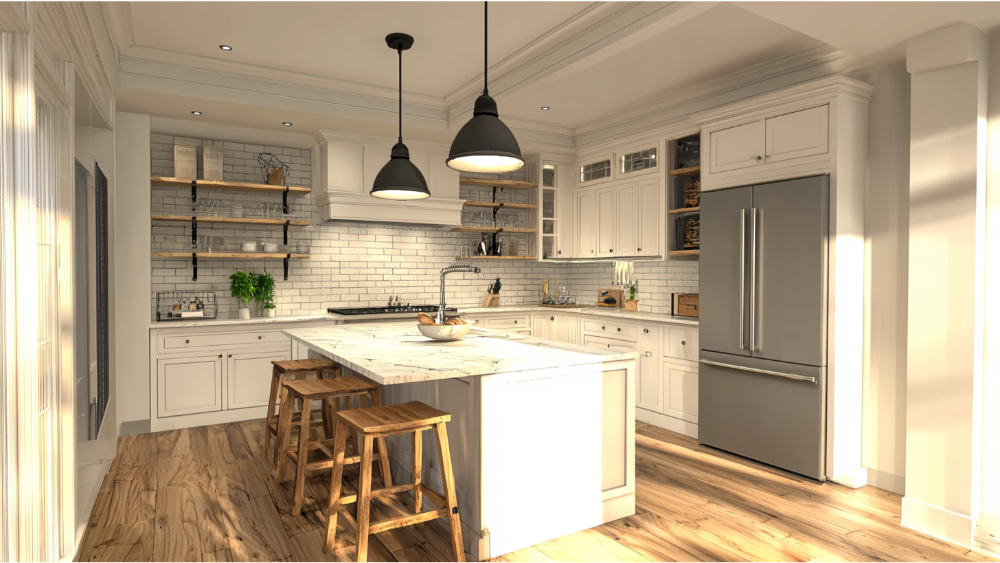
Renovating a kitchen is a significant investment that requires careful planning and budgeting to balance cost, style, and functionality. As explored, costs can vary greatly depending on the scope of work, from simple cosmetic updates to extensive remodels that involve major alterations. Being informed about potential expenses related to cabinetry, countertops, plumbing, and labor can aid in anticipating and managing the financial aspects of a kitchen renovation. Additionally, clear communication and efficient project management with contractors are crucial to achieving a successful outcome. Ultimately, a well-executed kitchen remodel not only adds value to a home but also enhances the everyday living experience by creating a functional and aesthetically pleasing environment.


